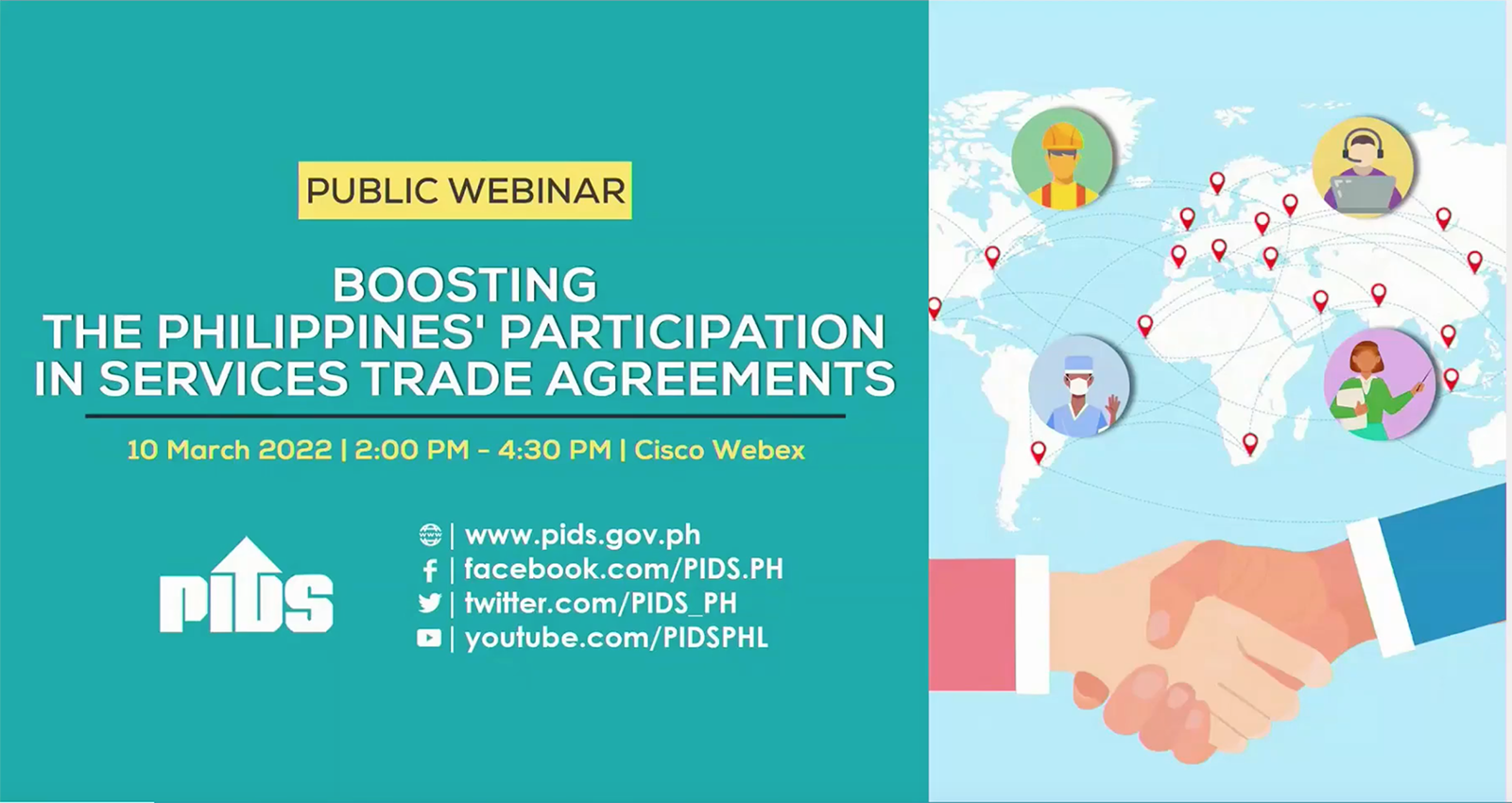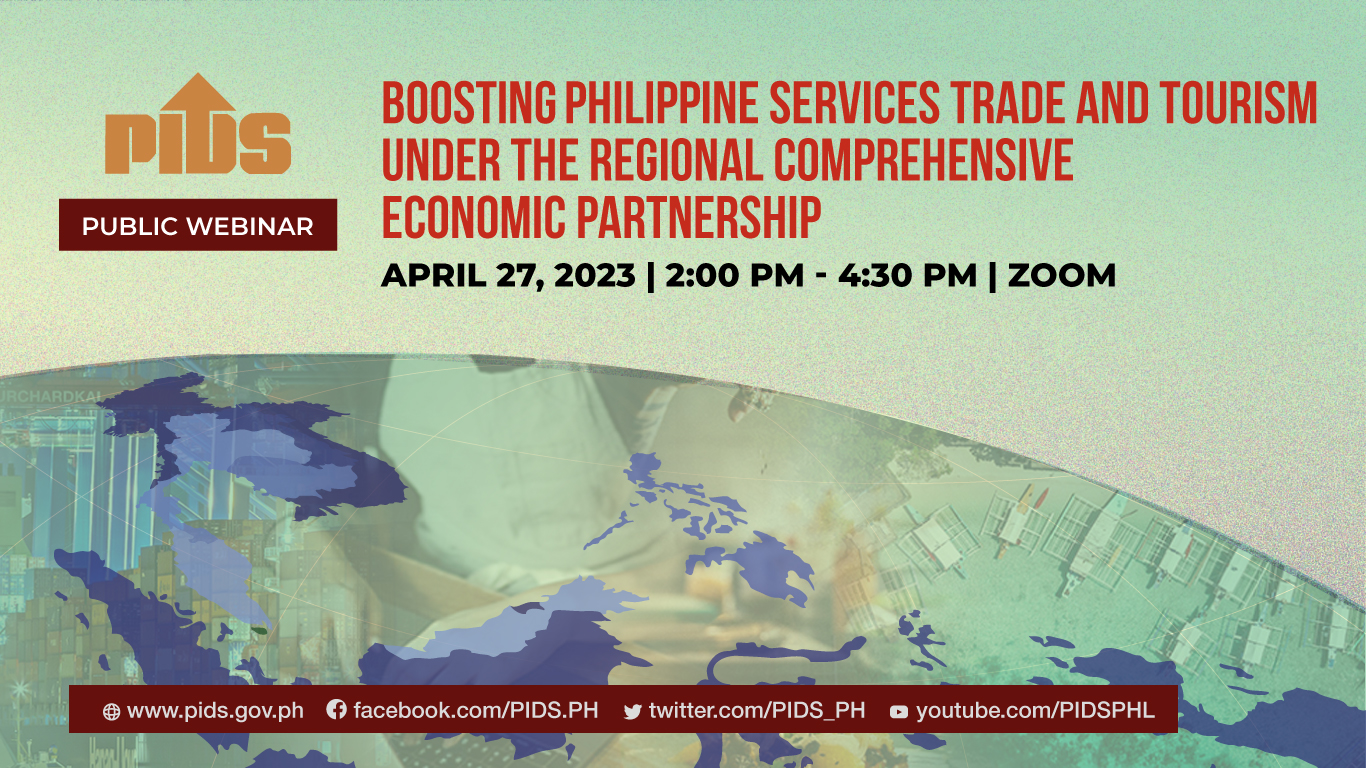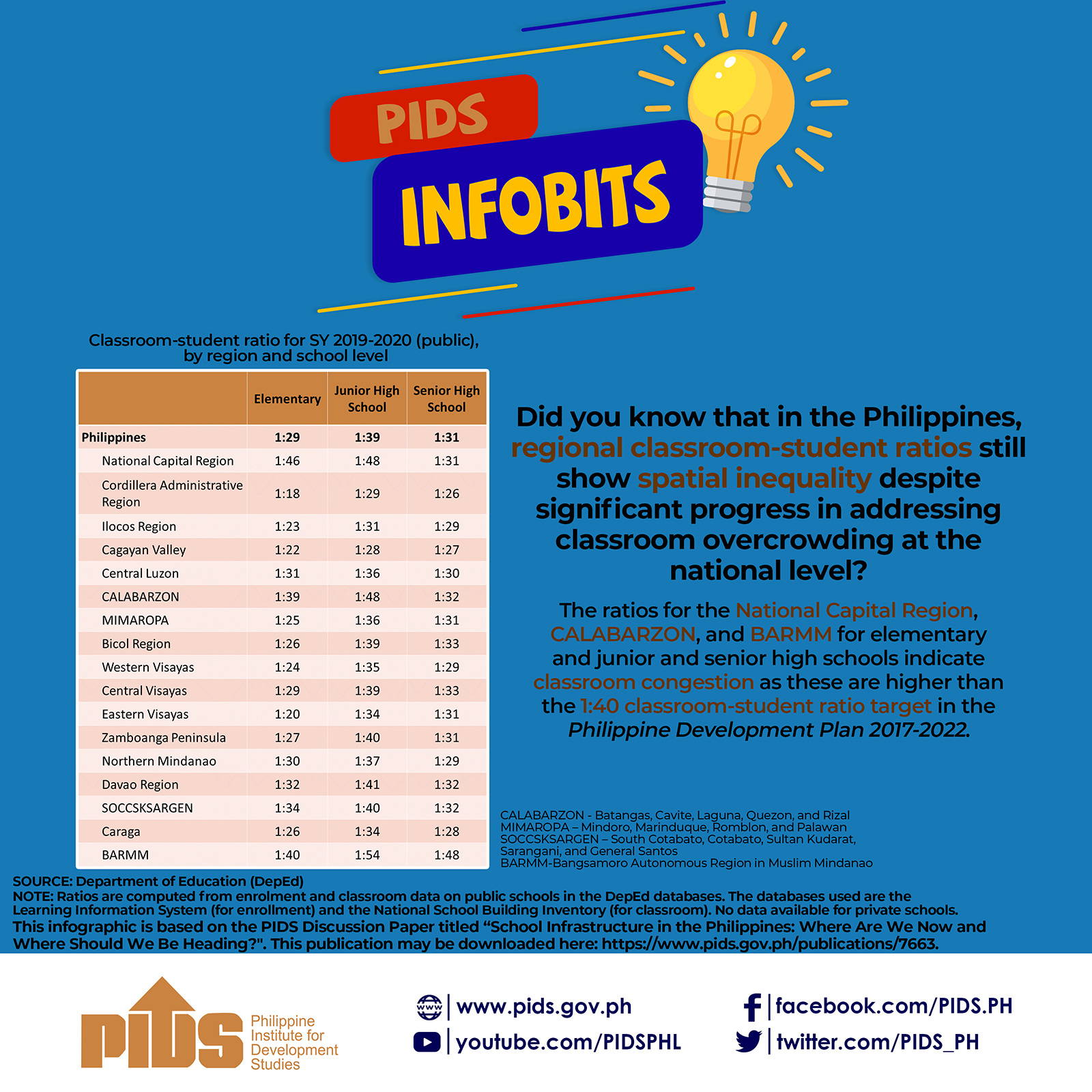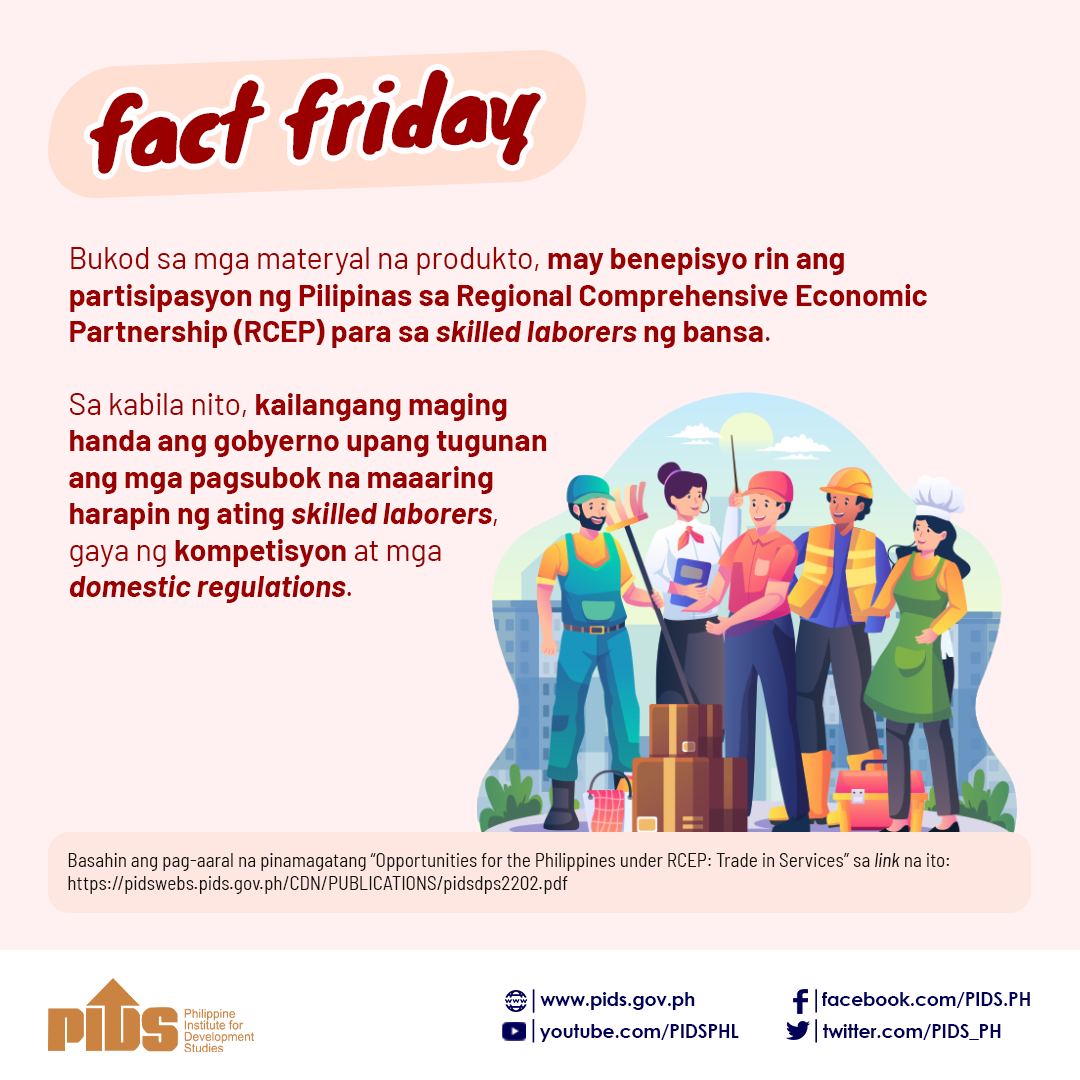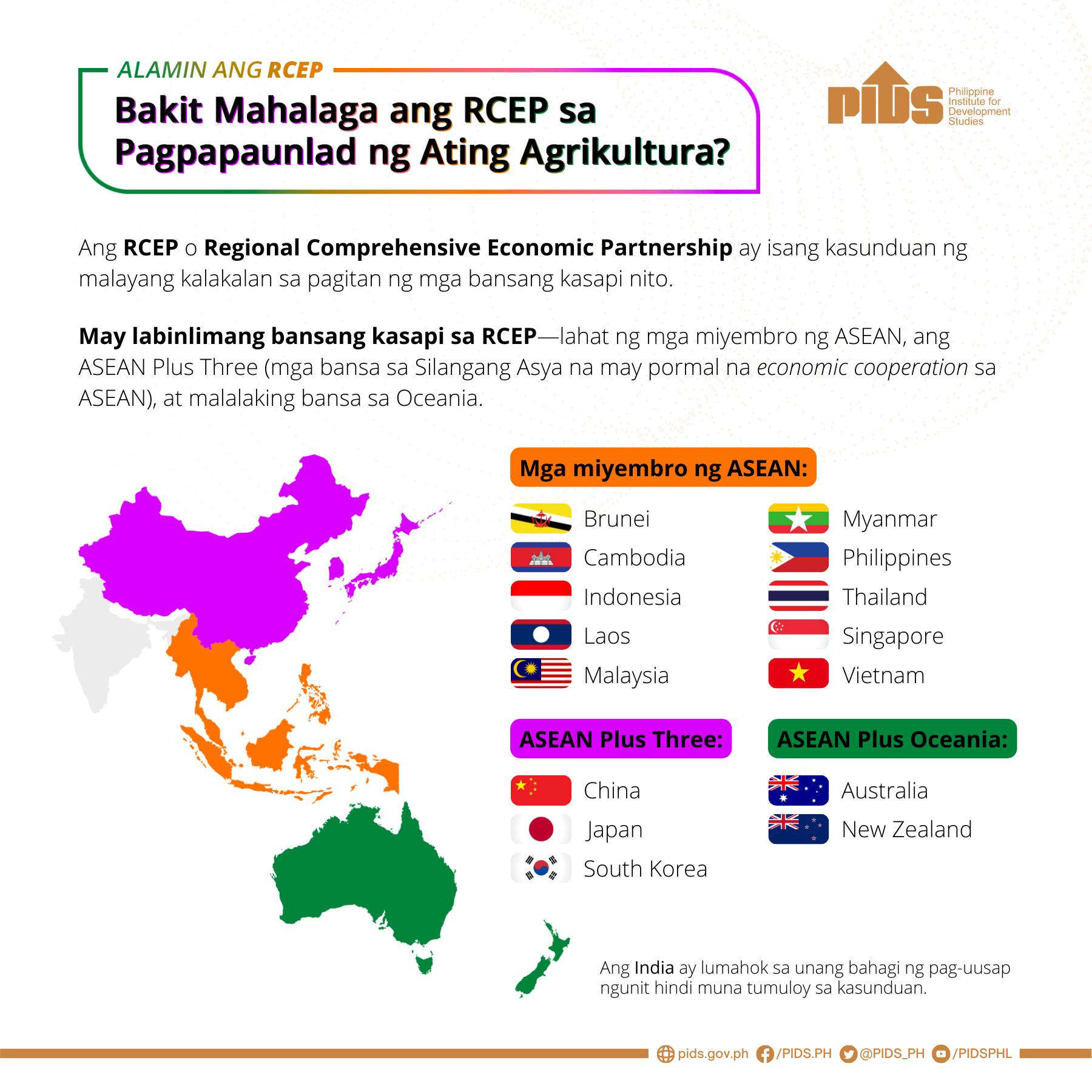The Philippines is nearing its decision whether to join the Comprehensive and Progressive Agreement for Trans-Pacific Partnership (CPTPP), with trade officials currently awaiting the results of a commissioned study to determine its economic impact on the country.
Trade Assistant Secretary Allan Gepty told reporters last week that the government has already commissioned a study on the 11-nation trade agreement, with the initial results of this research already presented to them last year.
“We have already a view of, basically, the findings. But when I said that we want a finished study, we want a study that has already been published,” Gepty said on the sidelines of the British Chamber of Commerce Philippines’ Breaking Economic Barriers 2023 forum in Makati.
The CPTPP was based on the Trans-Pacific Partnership (TPP), a deal championed by the United States during the Obama administration, before it was thumbed down by the succeeding Trump administration in 2017.
From TPP to CPTPP
The remaining countries from the TPP later formed the CPTPP, with eleven countries comprising of Australia, Brunei Darussalam, Canada, Chile, Japan, Malaysia, Mexico, New Zealand, Peru, Singapore and Vietnam continuing the push for the mega trade deal.
It was signed in March 2018 and went into force in December the same year after the majority of the signatories ratified the agreement.
The Philippines previously wanted to join the TPP, with the Department of Finance even saying back in 2016 under the Aquino administration that the Philippines stood to gain from becoming a member of the trade pact.
According to a 2016 research paper published by the state-owned think tank, Philippine Institute for Development Studies, the country would benefit in joining the TPP in terms of deterring corruption, enhanced competition and governance, as well as better trade and enhanced market access.
The Philippines has recently ratified the Regional Comprehensive Economic Partnership Agreement (RCEP), with a presidential issuance set to operationalize on June 2 the country’s commitment to what is touted as the world’s biggest trade agreement to date.
The RCEP is a free trade pact between all member states of the Association of Southeast Asian Nations, as well as six of the regional bloc’s trade partners— Australia, China, Japan, South Korea and New Zealand.
It is seen as improving trade for all signatory countries by lowering or eliminating tariffs and improving market access. INQ
INQUIRER.net wants to hear from you! Take part in our reader survey and help us be better. Click on this image to answer.







